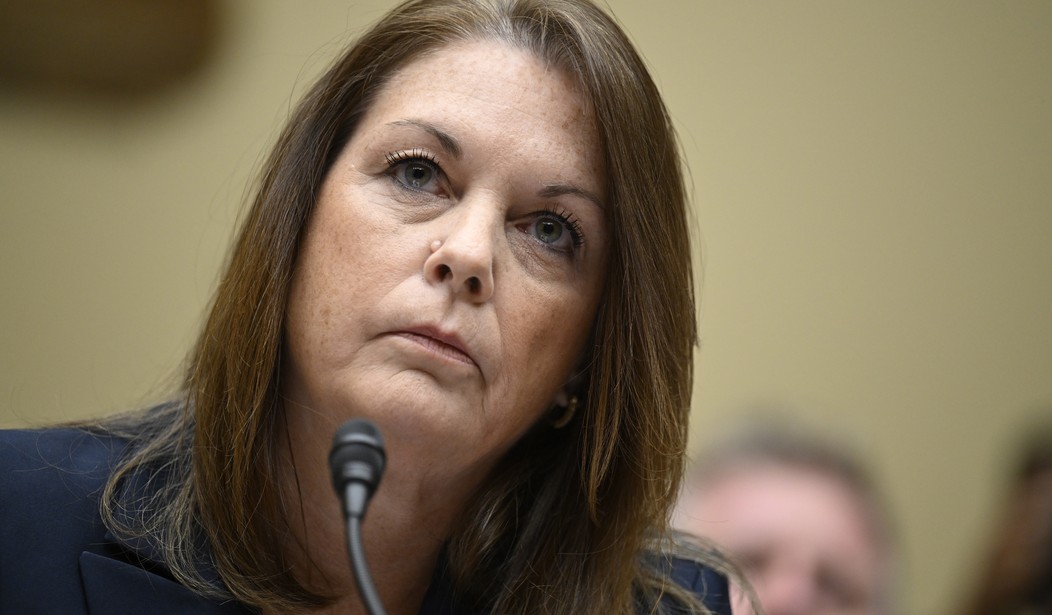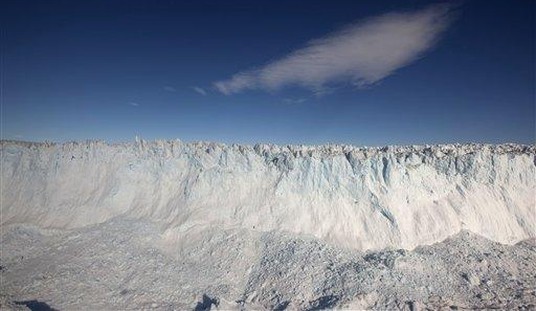One might almost feel sympathy for Kimberly Cheatle.
But only almost. Just as the commanding officer of a Navy ship might not be on the bridge when the ship runs aground, he still bears responsibility and should expect to be relieved of his command. If the principle of accountability is to survive in the federal government, it’s hard to imagine a more apt candidate for sacking than Cheatle, who, though she wasn’t in Butler, Pa., when Donald Trump came within a whisker of being killed on July 13, was the head of the agency that failed in its mission to protect him. Under pressure from Republicans and Democrats alike, Cheatle resigned on Tuesday.
If Cheatle had any hope of remaining in her position, that hope was shattered by her uninspiring performance before the House Oversight and Accountability Committee on Monday. She was unprepared or unwilling to answer the most basic questions regarding the assassination attempt, repeatedly asserting that it had been only nine days since the event and that the investigation was ongoing.
Yes, of course, the investigation is ongoing, but Cheatle should have known some of the essential facts by the next day, among which are why the would-be assassin’s firing position was left unmanned and unmonitored before Trump took the stage, and why the gunman wasn’t challenged even as spectators were shouting about his presence long before he opened fire.
As I wrote in my most recent piece here on PJ Media, during my career with the Los Angeles Police Department I had the opportunity to work with the Secret Service on several occasions when presidents and other high-level protectees visited Southern California. I was once posted on a rooftop with a Secret Service counter-sniper team, I stood posts at hotels where presidents were staying, I scouted motorcade routes with Secret Service advance teams, and I worked undercover with agents as we circulated in crowds while trying to detect potential threats. In these roles, I gained some familiarity with how the Secret Service operated, and on every occasion, I was impressed with the professionalism and expertise displayed by the agents.
I’m confident that the agents I worked with years ago would not have allowed the lapses seen on July 13. That they were allowed, and that Cheatle failed to explain them on Monday, suggest an agency in disorder and need of new leadership.
To better grasp the enormity of the Secret Service’s failure in Butler, it’s important to understand how a campaign event like the near-disaster is staffed. Trump is one of 36 people with full-time Secret Service protection, all of whom have permanent details that guard their homes and accompany them when away from home. An event like the one in Butler places demands on the Secret Service that Trump’s permanent detail simply cannot meet, which must be supplemented by agents from nearby offices and by local police officers.
Remember that most Secret Service agents spend their time on financial crime investigations, the skillset for which has little in common with that required for protection details. So, as was demonstrated in Butler, there are varying degrees of competence among the agents assigned to any large event.
Also, keep in mind that the communications networks used by Secret Service agents and local police officers are not interoperable. We are told a local police officer encountered the gunman before he fired but retreated when the gunman pointed his rifle at him. Had he been accompanied by a Secret Service agent, as I was in similar settings, the existence of a threat could have been quickly relayed to the agents nearest Trump and the counter-sniper teams posted nearby.
But what can explain the failure to secure the rooftop chosen by the gunman? When a campaign event is planned, a Secret Service advance team scouts the location and produces an operations plan that addresses every conceivable contingency. Where are the nearest level-1 trauma centers and what are the fastest routes to them? What secondary routes are available should the fastest ones be shut down? Where can a helicopter land should the protectee need to be flown out? Which access points to the venue need to be secured? And, most importantly, from which positions might a hostile actor present a threat?
To answer this last question, someone from the advance team should walk the path the protectee will take from the car to the stage, then stand where the protectee will stand while addressing the crowd. Where might he be exposed to danger from someone who smuggled a weapon past the metal detectors? Where are the elevated positions from which someone with a rifle might take a shot?
We have heard the explanation that the building from which the gunman fired was “outside the venue,” but this does not satisfy. The Secret Service’s zone of responsibility extends to anywhere that presents a potential threat, and the rooftop from which the gunman fired, only 450 feet from Mr. Trump’s podium, should have been incandescently highlighted on the day’s operations plan.
Cheatle’s explanation that the rooftop wasn’t manned because it was “sloped” is simply lame; it was no more sloped than the two rooftops where counter-sniper teams were stationed. And even if it were true that this particular rooftop would have been too hazardous to post agents, steps should have been taken to deny access to it.
Cheatle’s resignation is but the first step in the reckoning the Secret Service is due. As the presidential campaign intensifies, as Trump appears likelier than ever to win in November, the risks he faces become more pronounced. A 20-year-old with no specialized training nearly succeeded in killing him. How can he, or any candidate, be protected against the more capable threats that surely exist?










Join the conversation as a VIP Member